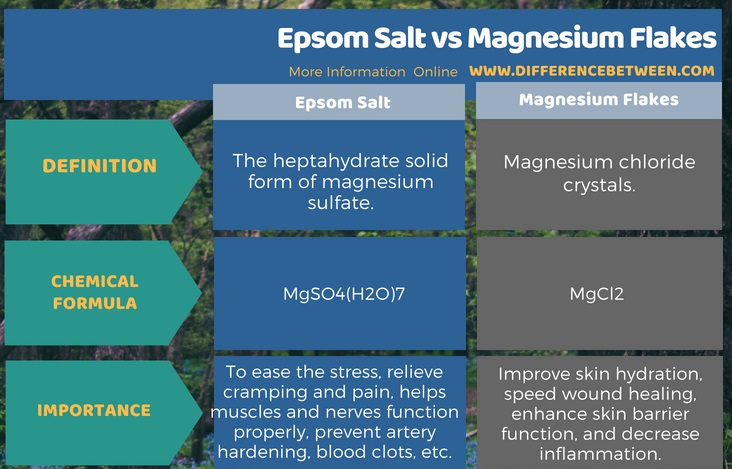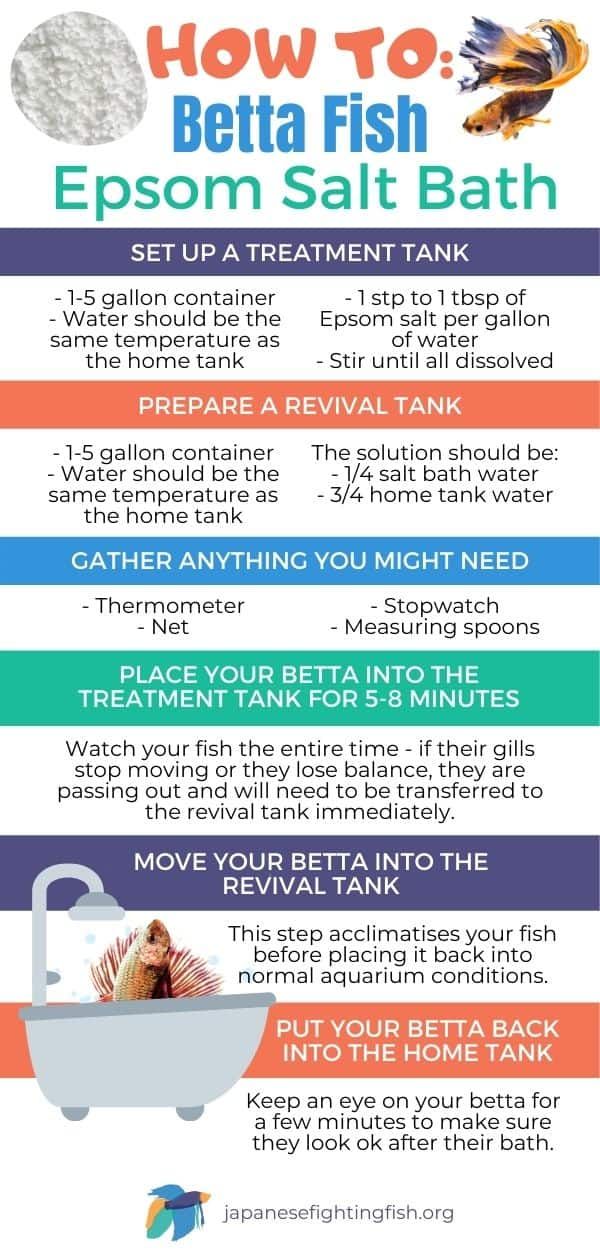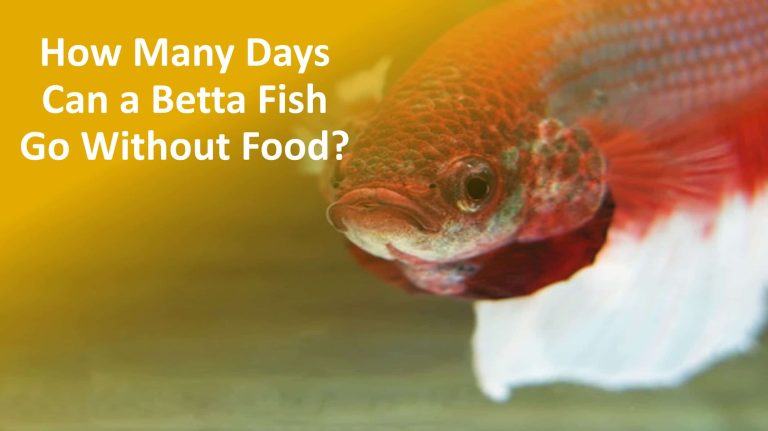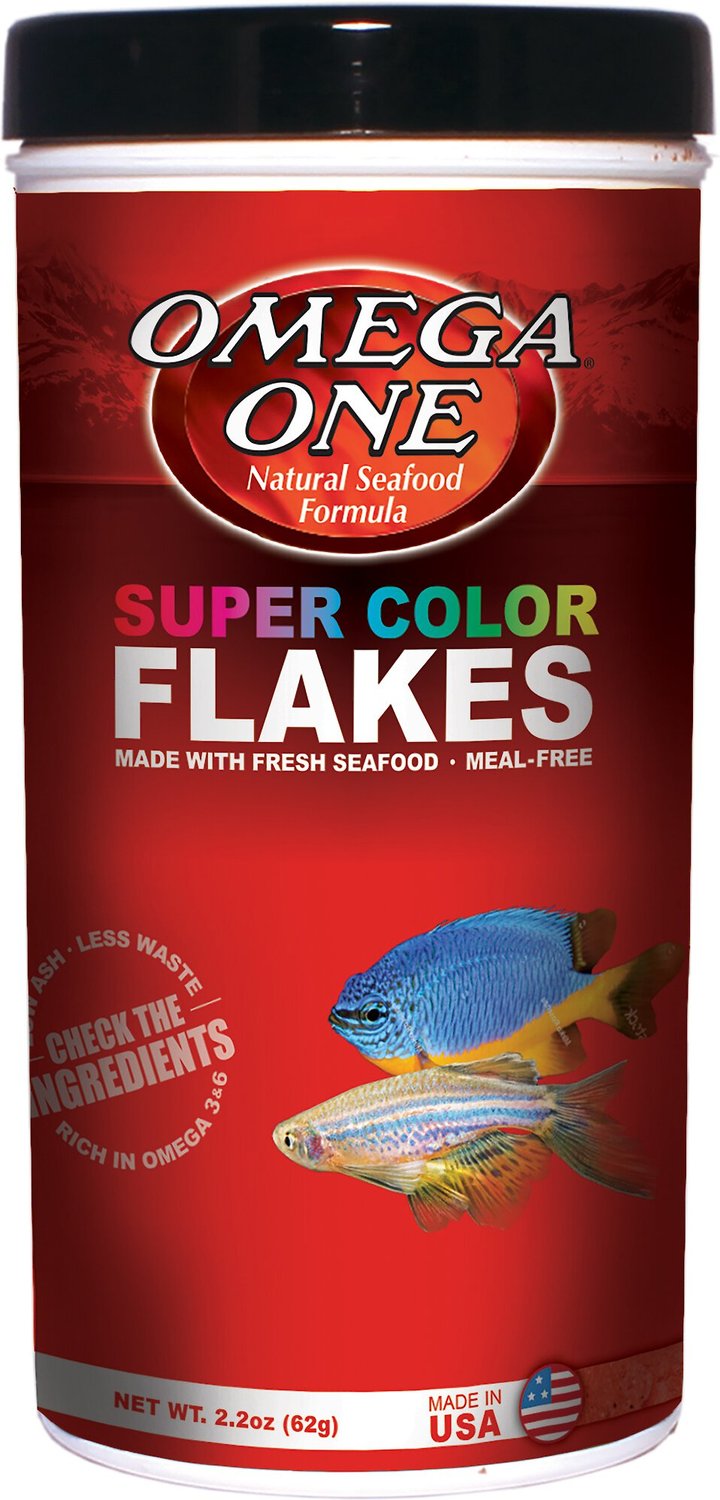What Can You Feed Fish Instead Of Fish Food
Have you ever wondered what you can feed your fish instead of fish food? While commercial fish food is readily available and specifically formulated for different species of fish, there may be times when you run out or want to offer a more varied diet to your aquatic pets. Luckily, there are plenty of alternative options available that can provide the necessary nutrition for your fish. In this article, we will explore some of the best alternatives to traditional fish food and discuss their benefits and considerations.
1. Live Foods
One of the most natural and nutritious options for feeding your fish is live food. Many species of fish consume live organisms in the wild, so offering them live prey can mimic their natural feeding habits. Here are some popular live foods you can consider:
Brine Shrimp:
These small saltwater crustaceans are rich in protein and often used to feed small fish and fry. You can hatch brine shrimp from eggs or purchase them frozen.
Daphnia:
Daphnia are small freshwater crustaceans that are an excellent source of protein and other essential nutrients. They are commonly available as live or freeze-dried.

Blackworms:
Blackworms are small, thread-like worms that can be fed to larger fish. They are high in protein, making them a nutritious alternative to traditional fish food.
2. Frozen Foods
If live foods are not readily available or convenient for you, frozen foods can be a great alternative. They offer similar nutritional benefits without the hassle of hatching or maintaining live organisms. Some commonly available frozen foods include:
Brine Shrimp:
Frozen brine shrimp is a popular option that is rich in protein. It can be easily portioned and thawed for feeding.
Daphnia:
Frozen daphnia is another convenient option that provides essential nutrients for your fish. It is a suitable alternative to live daphnia.
Bloodworms:
Bloodworms are the larvae of midges and can be found frozen. They are high in protein and a favorite among many fish species.
3. Vegetables and Fruits
While fish primarily require a protein-based diet, some herbivorous or omnivorous species can benefit from plant-based foods. Vegetables and fruits can be a great source of vitamins and minerals. Here are some options to consider:
Lettuce:
Leafy greens like lettuce can be blanched and offered to fish. They provide fiber and essential nutrients.
Peas:
Frozen peas can be boiled and then slightly mashed before offering them to your fish. Peas are rich in fiber and can help with digestion.
Zucchini:
Zucchini can be thinly sliced or grated and fed to fish. It is a good source of vitamins and minerals.
4. Commercial Alternatives
If you prefer to stick with commercially prepared foods but want to try something different, there are alternative options available. These alternatives often contain a mix of protein-based ingredients along with plant-based components. Look for options such as:
Algae-based Foods:
These foods are formulated with spirulina and other types of algae, which provide vital nutrients and enhance the fish’s coloration.
Insect-based Foods:
Some commercially prepared fish foods now incorporate insect protein as a sustainable and nutritious alternative.
Seaweed Sheets:
Seaweed sheets are not only suitable for herbivorous fish but can also be enjoyed by other species. They provide essential vitamins and minerals.
5. Homemade Fish Foods
If you want complete control over the ingredients and nutrition of your fish’s diet, you can consider making homemade fish foods. This option requires some time and effort but can be rewarding. Some popular homemade fish food recipes include:
Gel-Based Foods:
By mixing high-quality fish or shrimp with gelatin, you can create a nutritionally rich and customizable food option.
Blended Foods:
Using a blender, you can combine various ingredients like fish, shrimp, fruits, and vegetables to create a well-rounded fish meal.
Replicating Natural Diets:
Research the natural diet of your fish species and try to replicate it as closely as possible using fresh ingredients.
Frequently Asked Questions
Can I feed my fish human food?
While some human foods may be safe for fish, it is essential to consider their nutritional needs and potential harmful effects. Stick to recommended fish foods or consult with an expert before introducing human food into their diet.
How often should I feed my fish alternative foods?
The feeding frequency depends on the species of fish and their dietary requirements. Generally, feed smaller amounts more frequently to prevent overfeeding and maintain water quality.
What are the signs of a well-fed fish?
A well-fed fish will have a healthy and vibrant appearance, active behavior, and consistent growth. Watch for signs of malnourishment, such as weight loss, lack of appetite, or fin deterioration.
Final Thoughts
As you can see, there are many alternatives you can feed your fish instead of traditional fish food. From live and frozen foods to vegetables, fruits, and even homemade options, you can provide a well-rounded and nutritious diet for your aquatic pets. Remember to consider your fish species’ specific dietary requirements and consult with experts if you are unsure about introducing new foods. With a little research and experimentation, you can keep your fish happy and thriving with a diverse and varied diet.






